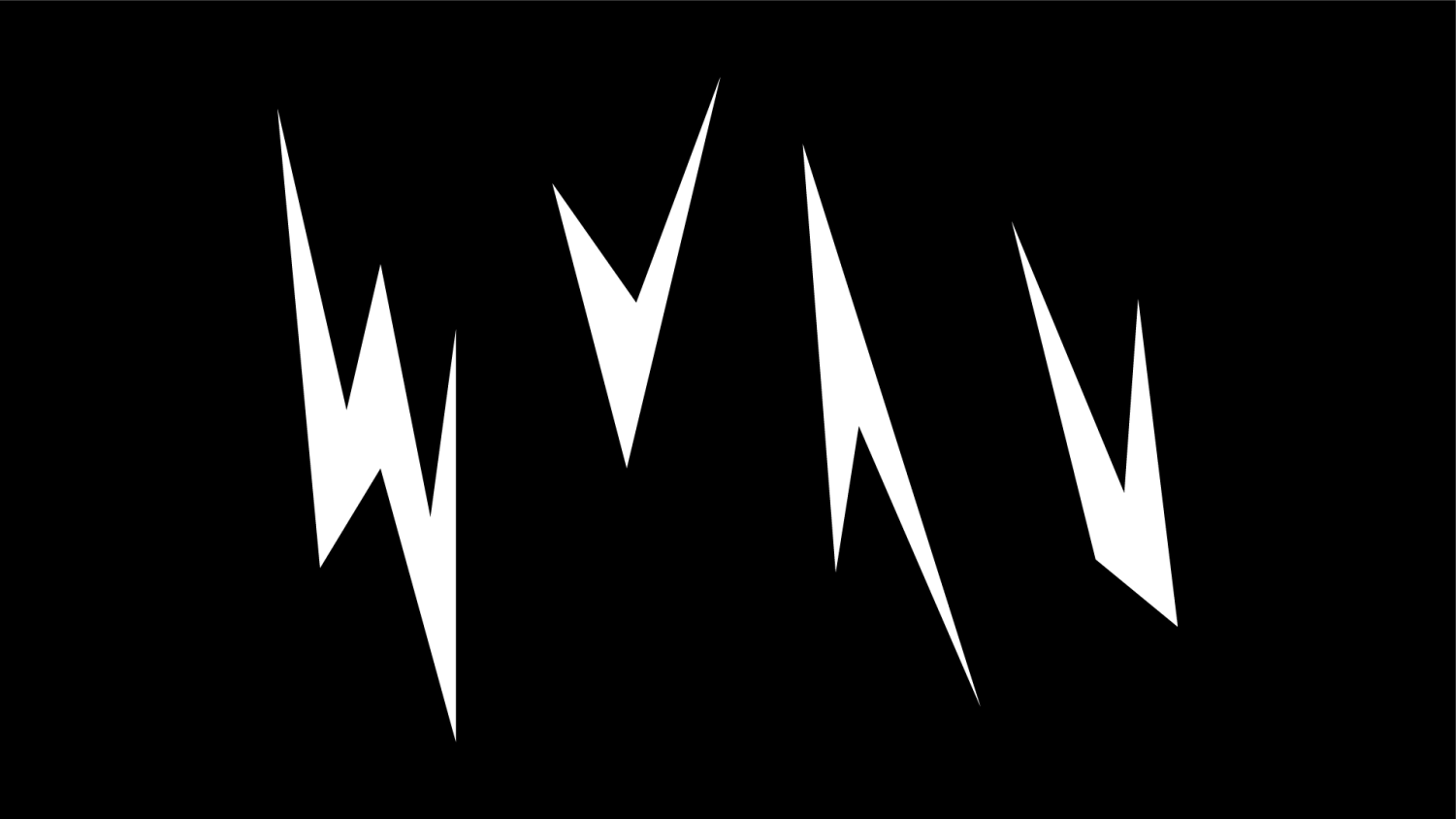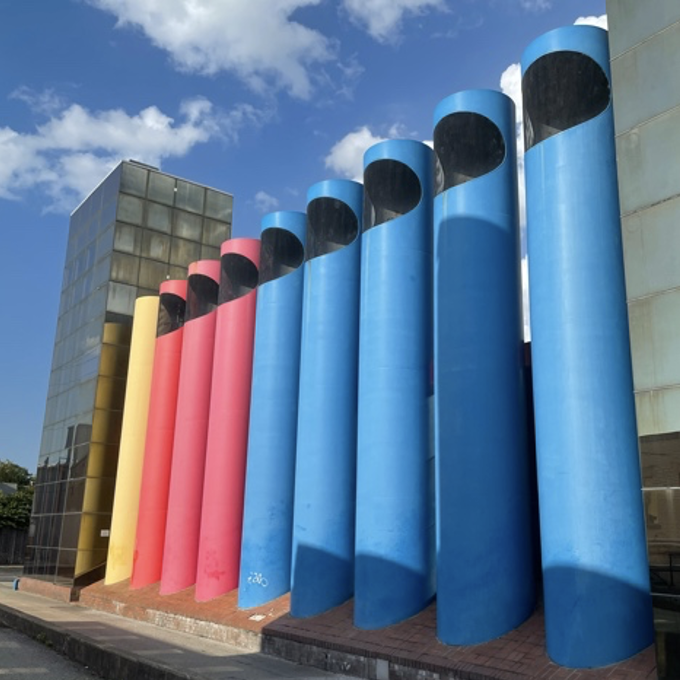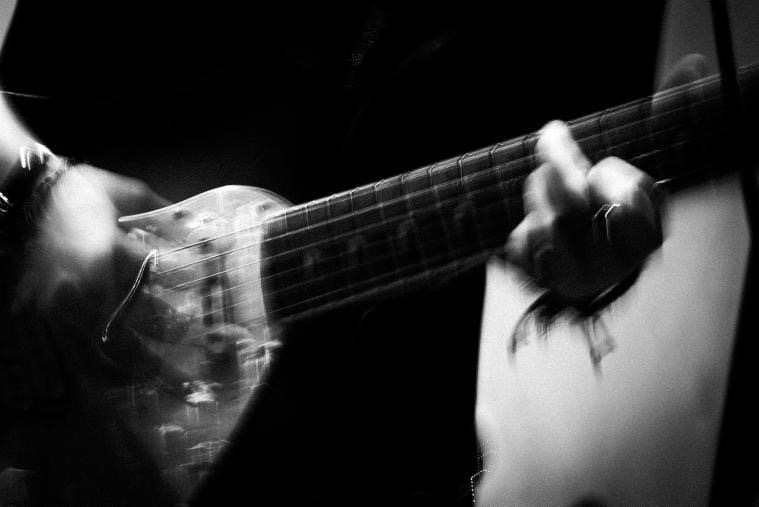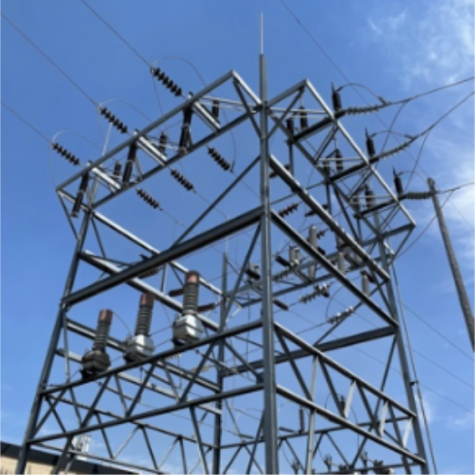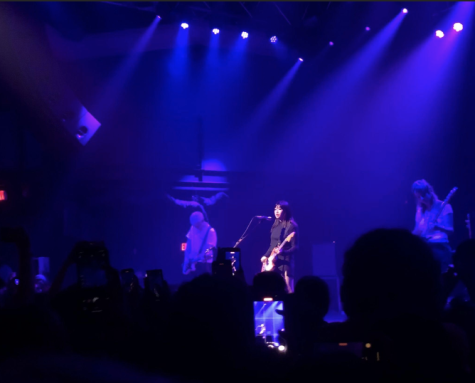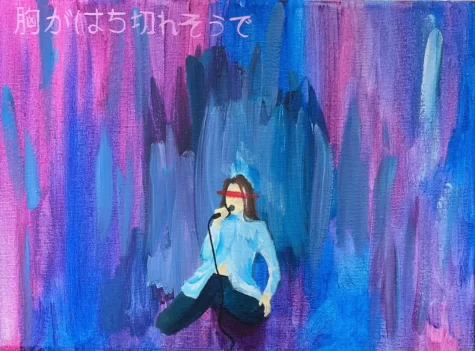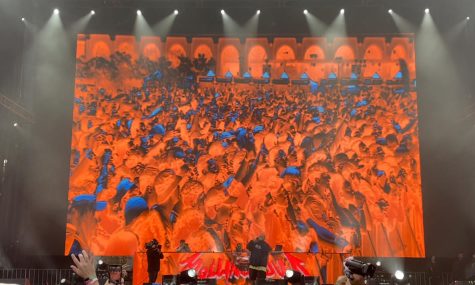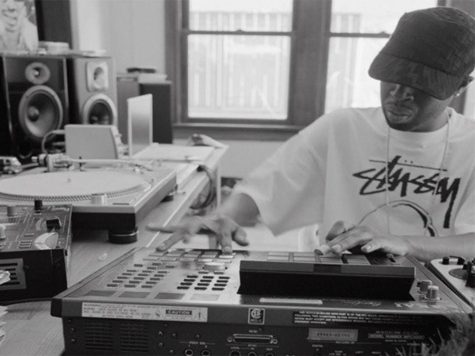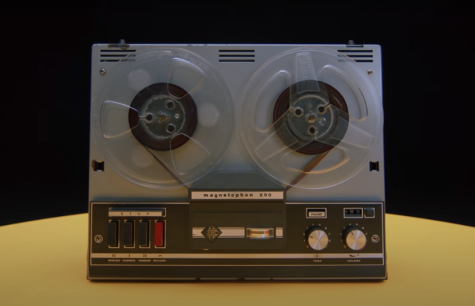Texture in Music 2: Percussion (Part 1)
November 4, 2021
I’m pretty biased towards percussive sounds: I’ve been banging out rhythms whenever and wherever I could since before I can remember, and I’ve been (formally) banging out rhythms as a percussionist for ten years now. A good beat is always stirring of course, but something about the sound of the drums themselves goes a level beyond that for me. A deep and full kick, a round, bouncy snare, a metallic rimshot; these sounds create their own internal melody through their timbres and do something that few other sounds can accomplish. I love drums so much that it’s a problem; just thinking about all the great drum tracks out there makes my head spin. In an effort to make this task a little more manageable, I’ll be splitting my examination of percussion into two parts, with the second part coming in two weeks. I’ll also only be focusing on drums in electronic music, as I’d have to do many more parts to cover any other genres.
(If you’d like to stay up to date with my explorations of musical texture, be sure to check out the running playlist below).
Jungle: Ready – Luke Vibert and Картон Петербурга – Scream in a Jungle Version by 3’0’3 Project – Неба жители
Whoever first sampled the Amen Break was a genius. The drum break, coming from The Winstons’ Amen, Brother is the backbone of the style of breakbeat known as Jungle, a style that developed as part of the rave scene in 1990s UK. Some claim this beat holds a religious meaning, while others see the Golden Ratio in its waveform. These things may or may not be, but the true magic of the Amen Break is in the beautiful timbres of its drums. This is only magnified in Jungle breakbeats, where the Amen drums are pushed to their limit, exposing the feeling they contain. Take Ready, where Luke Vibert flips the sample, down pitching and reversing the snare (3:18-3:20 and 2:36-2:37, respectively), rolling the hi-hats (3:09-3:10), and letting the crash hit create momentary pauses in the rhythm before jumping back into the vigorous breaks (3:36 and throughout). In doing so, he releases the mischievous joy of the drums, capturing their internal funkiness in a way far-removed from funk. On the flipside, Картон Петербурга brings out the intensity of the drums with an even faster tempo, sprinkling in the Amen Break as well as other breaks to keep the energy high. In contrast to Vibert’s cheekiness though, this song shares a quiet melancholy even as it pounds relentlessly, the drums themselves speaking to sadness even in the depths of the whirlwind. The opposing natures of these songs showcase the versatility of the Amen Break, never getting old even as it is flipped again and again.
Cruel Drums: Percressing – Sd Laika and Banjo – Clark
Sometimes I just want drums to smash my head in. If you identify with this sentiment, you’ll probably appreciate these songs. Percressing is a non-stop barrage of kick, snare, and claps, all distorted and stereo-imaged to sound completely foreign (throughout). Sd Laika creates a true sonic experience with this cascade of drums punctuating a wall of synth noise, sounding every bit as brutal as I could hope (1:16-1:49). Clark uses abrasive drums in Banjo to heighten the anxiety of the pluck arpeggios, creating a bizarrely terrifying ball of dread (0:45-1:00). The repeated snare hits from 1:27-1:42 ratchet things up even further before exploding out into viciously bouncy kicks and cracking claps (1:42-2:20). Despite the angst of these tracks, the drums have a catharsis to them, their unrelenting smashing helping to shake off some of the grime from everyday life.
Lo-fi Drums: The Lord’s Graffiti – Actress and Ghost Hardware – Burial
Drums sound so amazing that even ‘bad’ drums are brilliant. In fact, a lot of the time they sound better drums that have all the feeling processed out of them. Take The Lord’s Graffiti: The hi-hats have no sparkle, the snare hits disappear into the hiss of the mix, and the kick is nothing like the heartthrob of most tracks (all throughout). But these flaws are its greatest strength; unlike the emotionless pounding of big EDM tracks (not that there’s anything wrong with outrageously over-the-top EDM), Actress purposely creates this fuzzy sound to bring out the feeling contained in the drums. The result is a burning floor filler that liberates its drums rather than leaving them empty shells. Ghost Hardware brings this a step further, making a true emotional landscape out of its drums. Burial makes the clacking rims and asymmetric hats (both throughout) fit into his experience of the world, bringing the sound of the city at night directly to your ears. Even at its most desolate, Ghost Hardware buzzes with this dark feeling, bringing out the solitude of the urban jungle through its skeletal percussion.
Non-Western Drums: Mequetrefe – Arca and I Shall Sing Until My Land Is Free – Muslimgauze
So far, I’ve mainly looked at drums in a western setting, but percussion transcends all national boundaries and should be considered in all its diverse contexts and timbral forms. Drawing from the rich history of Latin percussion, Mequetrefe is a perfect example of drums from outside the Global North, as well as an important statement of non-binary queerness. Taking the drums outside of their traditional roots, Arca creates cascades of kicks, snares, and Latin drums that threaten to flood beyond the boundaries of the track (1:19-1:24 and throughout). I Shall Sing Until My Land Is Free is slightly less hyperactive, but darker, speaking to injustices in the Middle East. The track samples traditional drums from the Levant, but heavily distorts them, making them full and abrasive (throughout). This gives the piece a hypnotic quality as its rhythms beat themselves out continuously in search of freedom, the drums existing as music and beyond music, laden with the suffering of a people.
